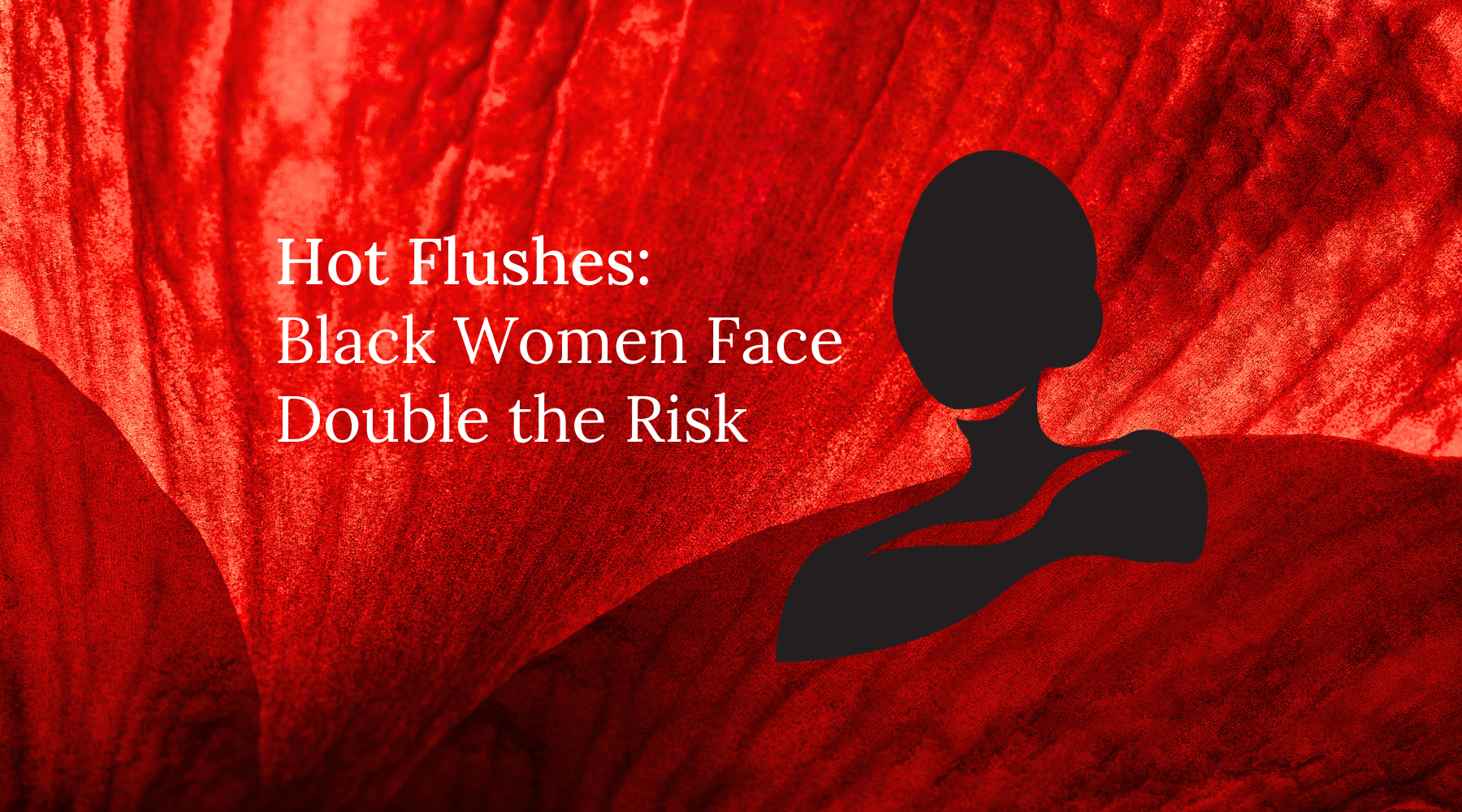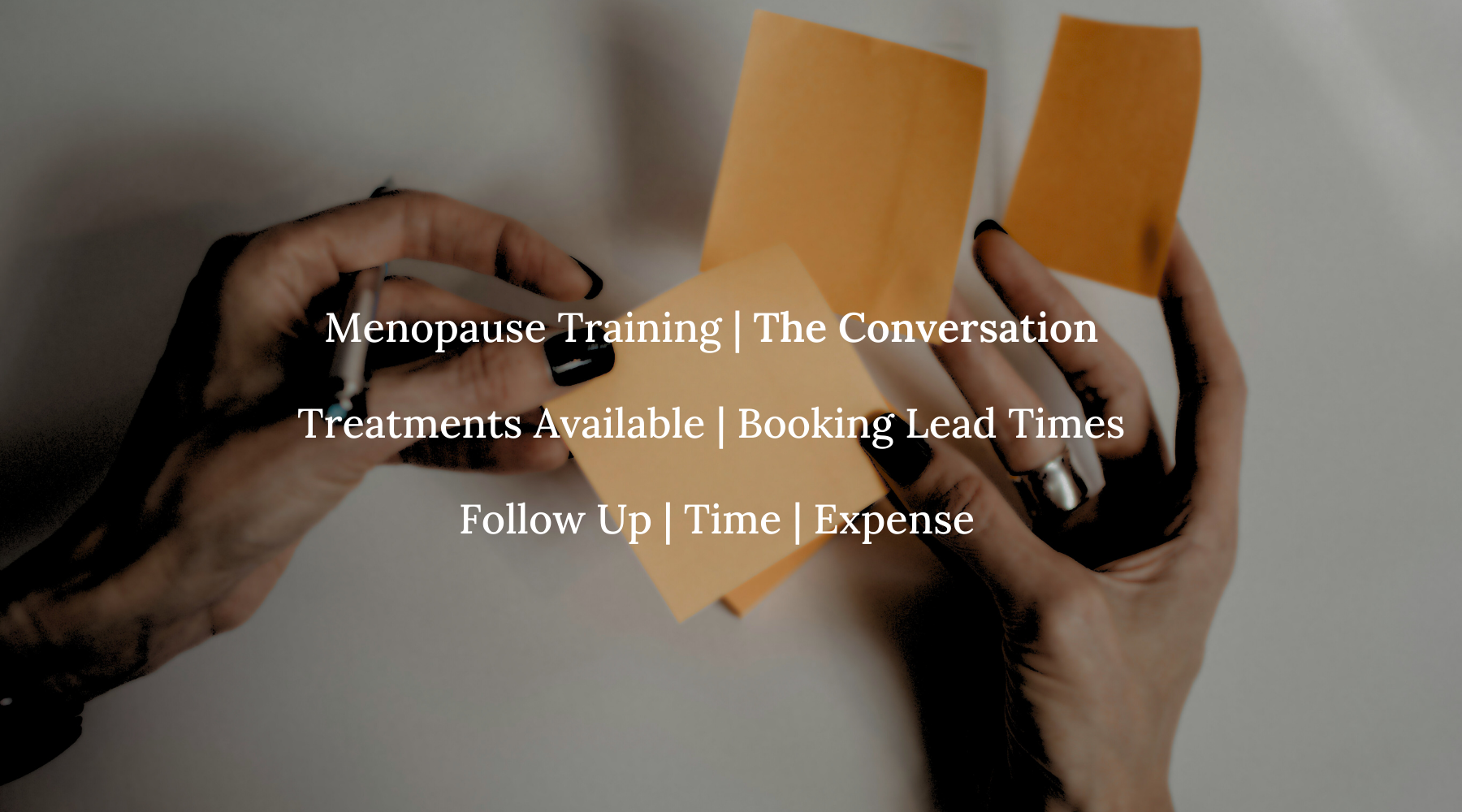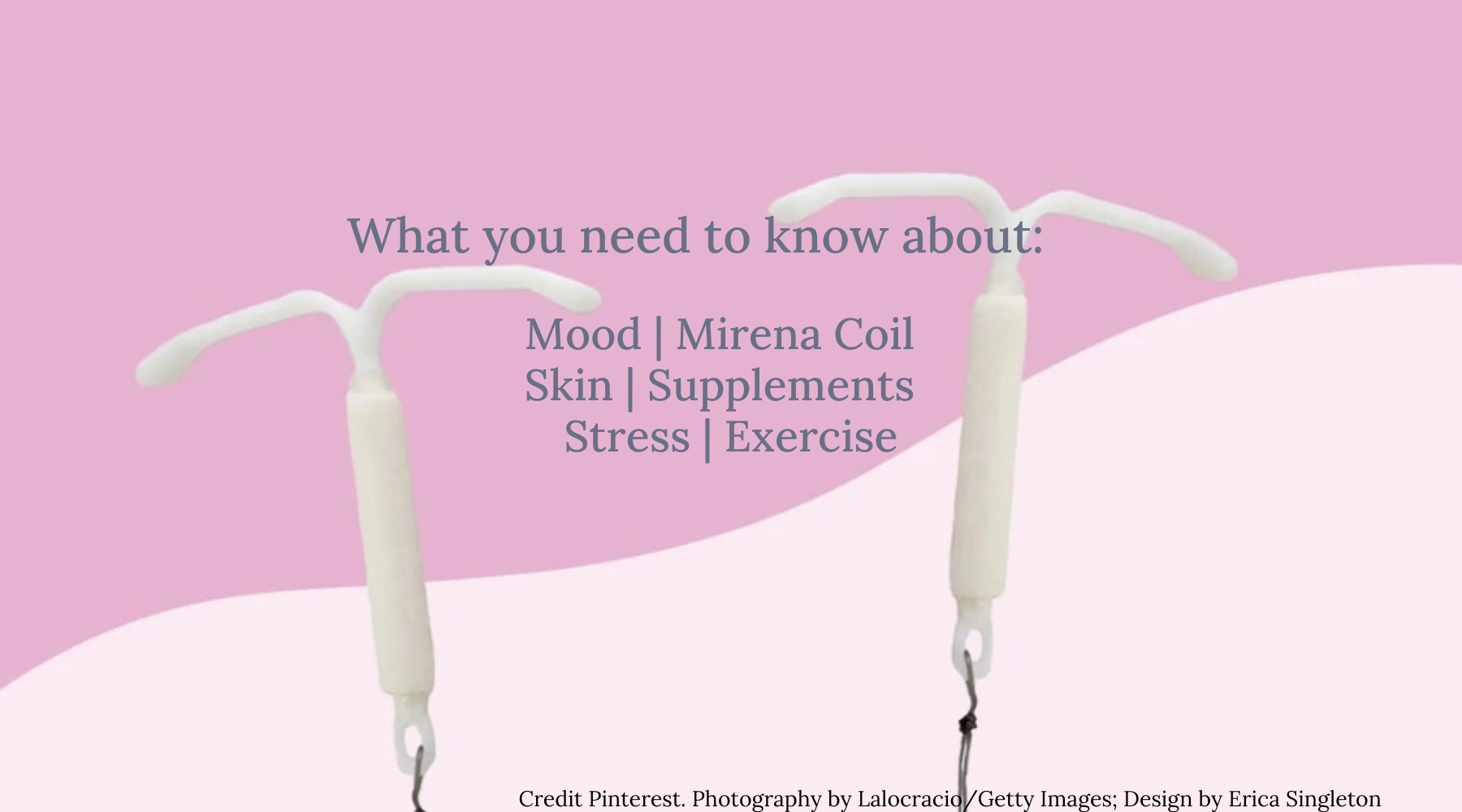
Hot Flushes: Understanding the Impact and Relief Options for Women in the UK
Around 13 million people [Ref. 1] in the UK are currently Perimenopausal or Menopausal (Wellbeing of Women) and approximately 70% of them will experience hot flushes (referred to as hot flashes in the US), to varying degrees [Ref. 2].
This blog explains what a hot flush is, the variety of experience, the scale of implications of experiencing hot flushes, and what can be done to stop, ease or soothe hot flushes.
So, what exactly is a hot flush?
Hot flushes occur due to fluctuations in oestrogen and progesterone hormones, which impact the body's internal temperature regulation system, known as the hypothalamus. As a result, individuals become more sensitive to temperature changes.
Hot flushes, also referred to as vasomotor symptoms, manifest as a sudden warmth or flushed sensation in the face, neck, and chest. Some women may experience a feeling of agitation or unease beforehand. It is the increased blood flow to these areas which can cause redness of the skin and an elevated heart rate, often accompanied by sweating. Hot flushes have been defined by transient sensations of heat, sweating, flushing, anxiety, and chills. On average, hot flushes can last around four minutes and can cause the body temperature to rise by 1-3ºC.
How frequently do hot flushes happen?
The frequency of hot flushes can vary, with many women experiencing them daily. In fact, a third of women may encounter more than 10 hot flushes per day. While some women endure mild symptoms, about 15% of women find that hot flushes significantly disrupt their daily lives. Additionally, hot flushes at night, often referred to as night sweats, may also occur.
At what age might women start experiencing hot flushes?
Typically, women begin experiencing hot flushes in their 40s, with the average age range being 46-53 years old. However, the onset of hot flushes can vary among individuals. These symptoms usually occur within the first two years of the menopause journey.
Ethnicity has been demonstrated to significantly influence women's experience of hot flushes. An American study in Texas in 2009 [Ref. 3] and a SWAN study published in 2021 [Ref. 4] both showed that black women were 50% more likely than White women to suffer from hot flushes. They also experienced higher daily frequency of hot flushes, severity of the hot flush, and the number of years they persisted. Asian women experience hot flushes earlier however they are not as severe as white or black women [Ref. 5].
Furthermore, Dr. Hsin-Fang Chung, from the School of Public Health at the University of Queensland in St. Lucia, Australia, examined data from eight studies, summing up 21,460 females who were 50 years old, on average. The participants were from Australia, the United Kingdom, the United States, and Japan [Ref 6.]. Dr Chung concluded that obesity and smoking increased risks of hot flushes.
Obesity has been associated with a 60% increased risk of experiencing frequent or severe hot flushes, compared to women of normal weight. Additionally, smoking poses another risk, as Dr. Chung asserts that women who smoke have an over 80% higher likelihood of experiencing frequent or severe hot flushes, in comparison to women who have never smoked.
What is the difference between a hot flush and night sweats?
The difference between a hot flush and night sweats is that a hot flash is a general term for a sudden heat sensation that can occur at any time and may or may not cause sweating. Night sweats, on the other hand, are periods of intense sweating that occur specifically at night. Hormone changes that affect body temperature are more noticeable at night and hot flushes that occur at night can cause drenching sweat that soaks through clothing, preventing a good night's rest [Ref. 8].
What is the implication of a hot flush?The consequences of hot flushes encompass perspiration that can be inconvenient and affect daily activities, disturb sleep, and contribute to anxiety, depression, and cardiovascular disease in the long run. This is particularly troublesome and disruptive for the 73% of menopausal women who experience hot flushes while at work [Ref. 9]. It is crucial to acknowledge these symptoms and their impact on quality of life and overall well-being [Ref. 10].
What is the treatment for hot flush relief?Research has shown that despite having distressing symptoms only one out of every four women with menopausal hot flushes actually seeks medical advice [Ref. 5], and there are options to help:
Medication for hot flush relief [Ref. 10]:
- HRT: The most effective way to stop hot flushes is Hormone Replacement Therapy (HRT).
How to stop hot flushes without HRT:
- Non-hormonal treatment: There are still options if women want, or need non hormonal treatment [Ref. 11].
- Fezolinetant (Veozah/ Veoza), a medicine that acts on brain chemicals that help regulate body temperature
- Clonidine (Catapres, Kapvay), a high-blood pressure medicine
- Gabapentin (Neurontin, Gralise), an anti-seizure medicine
- Oxybutynin (Ditropan XL, Oxytrol), an overactive bladder medicine
- Antidepressants, such as Paxil (paroxetine), Celexa (citalopram), Lexapro (escitalopram) and Effexor (venlafaxine.)
Mild flushes can usually be managed with lifestyle modifications such as;
- Keeping yourself cool by wearing layers of clothing, so you can easily take off to cool down
- Regular exercise, e.g relaxation exercises like yoga
- Weight control
- No smoking
- Avoiding triggers (e.g. hot and spicy food, caffeinated beverages and alcohol).
- Mindfulness meditation
- Cognitive Behavioural Therapy (CBT)
- Acupuncture
- Hypnosis
Include in your diet:
- Phytoestrogen-rich Foods: soy products, plus celery, chia seeds, green beans, oats.
- Vitamin E supplement: recommended daily amount is at least 15mg
- Foods with vitamin E include: almonds, avocado, seafood, and sunflower seed
- Cooling foods: apples, bananas, spinach, broccoli, eggs and green tea.
Embr Wave® wristband gives you immediate skin cooling relief during hot flushes. At the press of a button, get precisely calibrated cooling or warming sensations to help you find relief, gain comfort, and have more control over your skin temperature.
Midst Hot Flush Cooling Pad has been designed to the optimal size and weight to place directly on the face, neck, shoulders to cool your body by 1-3ºs instantly to ease sweating and discomfort.
In summary, hot flushes affect a significant number of women in the UK. Understanding the causes, implications, and risk factors associated with hot flushes can assist women in finding solutions to manage and ease, or alleviate these symptoms of the female midlife journey.
REFERENCES
Ref 1: Menopause in the workplace
Ref 2: Study seeks volunteers to help understand hot flushes of menopause.
Ref 3: Role of ethnicity in the expression of features of hot flashes
Ref 4: Disparities in Reproductive Aging and Midlife Health between Black and White women: The Study of Women’s Health Across the Nation (SWAN)
Ref 5: Menopausal Hot Flashes: A Concise Review
Ref 6: 2 lifestyle changes may reduce risk of hot flashes
Ref 7: Hot Flashes
Ref 8: What Are Hot Flashes?
Ref 9: UK Menopause Statistics 2023: Attitudes to Menopause at Work
Ref 10: Why Hot Flashes Occur and How to Treat Them
Ref 111; An Ob-Gyn’s Top Tips for Managing Hot Flashes




Leave a comment
This site is protected by hCaptcha and the hCaptcha Privacy Policy and Terms of Service apply.